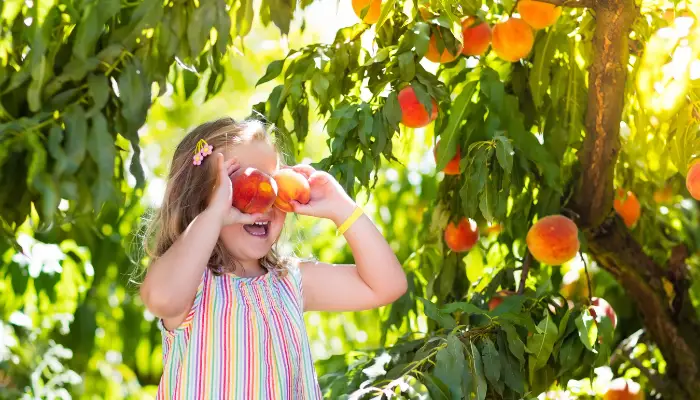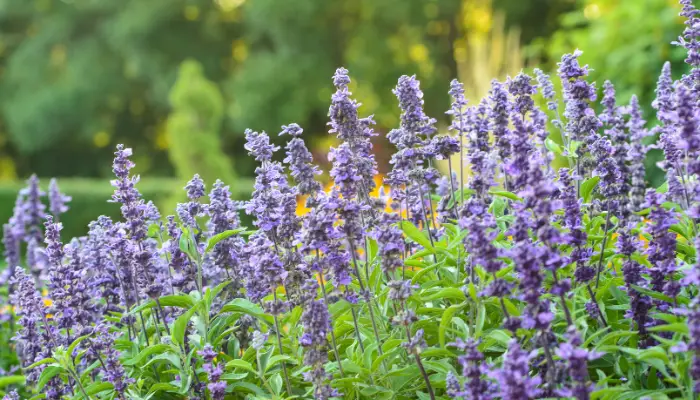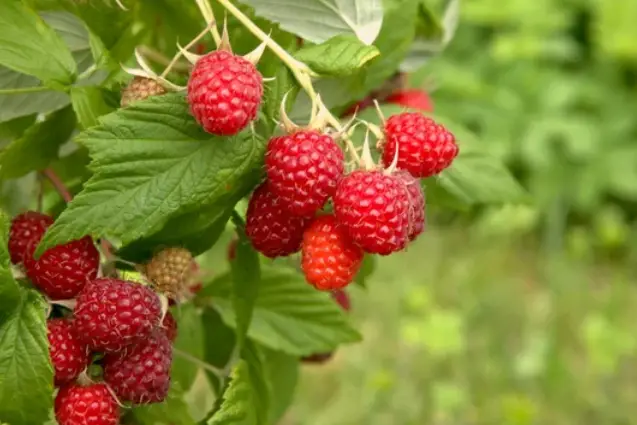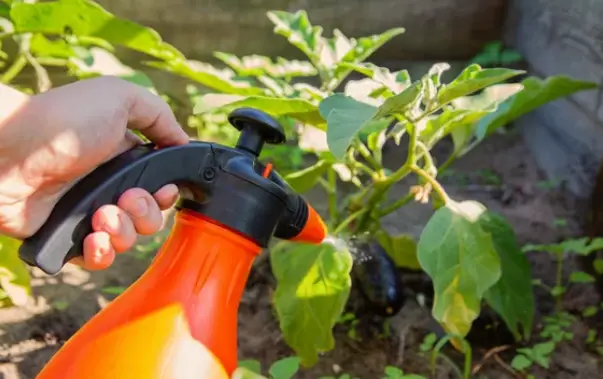How to Harvest, Store, and Sow Coleus Seeds
Coleus is a beautiful plant that can brighten up any garden or indoor space with its colorful foliage. However, if you want to grow your own coleus plants from seeds, you need to know how to harvest them properly. In this blog post, I will guide you through the steps of harvesting coleus seeds and give you some tips on how to store and sow them.
What are Coleus Seeds and Why Should You Harvest Them?

Coleus seeds are the tiny, dark brown or black seeds that are produced by the coleus flowers. They are usually found in clusters at the base of the flower spikes, which are also called inflorescences. Coleus flowers are not very attractive and often detract from the beauty of the foliage, so many gardeners prefer to pinch them off as soon as they appear. However, if you want to harvest coleus seeds, you need to let some of the flowers develop and mature.
Harvesting coleus seeds has several benefits. First, it allows you to propagate your own coleus plants without having to buy new ones or take cuttings. Second, it gives you the opportunity to experiment with different varieties and colors of coleus, as the seeds may produce plants that are different from the parent plants. Third, it saves you money and reduces waste, as you can reuse the seeds instead of throwing them away.
How to Harvest Coleus Seeds?
The best time to harvest coleus seeds is when the flowers begin to fade and dry out. This usually happens in late summer or early fall, depending on your climate and growing conditions. To harvest coleus seeds, you will need the following materials:
- A pair of scissors or garden shears
- A paper bag or envelope
- A marker or pen
Follow These Steps to Harvest Coleus Seeds:
- Identify the healthiest and most vigorous coleus plants in your garden or indoor space. These are the ones that you want to harvest seeds from, as they will produce the best offspring. You can also choose the plants that have the most appealing foliage colors or patterns, if you want to create a specific look for your coleus collection.
- Tie a colorful string or yarn around the stems of the selected plants. This will help you remember which ones are the seed producers and prevent you from accidentally pinching off their flowers.
- Wait for the flowers to dry out and turn brown. The flowers will lose their petals and shrivel up, leaving behind small, papery seed pods. The seed pods will also change color from green to brown and start to split open, revealing the seeds inside. This is the sign that the seeds are ready to be harvested.
- Cut off the flower spikes with the scissors or garden shears. Be careful not to damage the seed pods or the seeds, as they are very delicate. You can cut off the entire flower spike or just the portion that contains the seed pods, depending on your preference.
- Place the flower spikes in a paper bag or envelope. Label the bag or envelope with the name or description of the coleus variety, the date of harvest, and any other information that you want to record. This will help you identify the seeds later and keep track of their viability.
- Store the bag or envelope in a cool, dry, and dark place until you are ready to sow the seeds. You can also leave the bag or envelope open for a few days to allow the seeds to dry out completely and prevent mold or rot.
How to Store And Sow Coleus Seeds?

Coleus seeds have a relatively short shelf life, so it is best to sow them as soon as possible after harvesting. However, if you want to store them for later use, you need to follow these guidelines:
- Keep the seeds in a cool, dry, and dark place. Avoid exposing them to heat, moisture, or light, as these factors can reduce their germination rate and quality.
- Store the seeds in an airtight container, such as a glass jar, a plastic bag, or a metal tin. This will protect them from pests, dust, and humidity.
- Label the container with the name or description of the coleus variety, the date of harvest, and the date of storage. This will help you remember what the seeds are and how old they are.
- Use the seeds within a year of harvesting. Coleus seeds lose their viability quickly, so they are best sown within a year of harvesting. If the seeds are older than a year, their germination rate may drop significantly or they may not germinate at all.
To Sow Coleus Seeds, You Will Need The Following Materials:
- A seed tray or a pot with drainage holes
- A seed-starting mix or a well-drained potting soil
- A spray bottle with water
- A clear plastic wrap or a glass lid
- A sunny window or a grow light
Follow These Steps to Sow Coleus Seeds:

- Fill the seed tray or pot with the seed-starting mix or potting soil. Moisten the soil lightly with the spray bottle, but do not make it soggy or waterlogged.
- Sprinkle the coleus seeds evenly over the surface of the soil. Do not cover the seeds with soil, as they need light to germinate. You can press the seeds gently into the soil to ensure good contact but do not bury them.
- Cover the seed tray or pot with a plastic wrap or a glass lid. This will create a mini greenhouse effect and maintain a warm and humid environment for the seeds to germinate.
- Place the seed tray or pot in a sunny window or under a grow light. The ideal temperature for coleus seed germination is between 70 and 75 degrees Fahrenheit (21 and 24 degrees Celsius). The seeds should germinate within 10 to 14 days, depending on the variety and the conditions.
- Remove the plastic wrap or glass lid once the seeds have sprouted. Keep the soil moist but not wet, and provide adequate light and ventilation for the seedlings. You can also fertilize the seedlings with a balanced liquid fertilizer every two weeks, following the package directions.
- Transplant the seedlings into individual pots or to the garden when they have developed at least two pairs of true leaves. Coleus plants prefer partial shade to full sun and well-drained soil that is rich in organic matter. They are also frost-sensitive, so make sure to protect them from cold temperatures or bring them indoors during the winter.
Conclusion
Harvesting coleus seeds is a fun and rewarding way to propagate your coleus plants and create new varieties. By following the steps and tips in this blog post, you can easily harvest, store, and sow your coleus seeds and enjoy the beauty of these plants for years to come. If you have any questions or comments, feel free to leave them below. Happy gardening!
Frequently Asked Questions on Harvesting Coleus Seeds:
Q: How do I know when the coleus flowers are ready to be harvested?
- The coleus flowers are ready to be harvested when they turn brown and dry out and the seed pods start to split open.
Q: How many seeds can I get from one coleus flower spike?
- The number of seeds per flower spike varies depending on the variety and the size of the flower. However, you can expect to get around 50 to 100 seeds per flower spike.
Q: How long can I store the coleus seeds before sowing them?
- Coleus seeds have a short shelf life, so it is best to sow them as soon as possible after harvesting. However, if you want to store them for later use, you can keep them in a cool, dry, and dark place for up to a year.
Q: How do I sow the coleus seeds?
- You can sow the coleus seeds by sprinkling them over the surface of moist soil and covering them with clear plastic wrap or a glass lid. Place them in a warm and bright place and wait for them to germinate.
Q: How long does it take for the coleus seeds to germinate?
- Coleus seeds usually germinate within 10 to 14 days, depending on the variety and the conditions.
Q: How do I transplant the coleus seedlings into individual pots or to the garden?
- A: You can transplant the coleus seedlings when they have developed at least two pairs of true leaves. Carefully separate the seedlings and plant them in pots or the garden, leaving enough space between them.
Q: How do I care for the coleus plants after transplanting them?
- You can care for the coleus plants by watering them regularly, fertilizing them every two weeks, and pinching off the flowers to encourage more foliage growth. You can also prune them to shape them or take cuttings for propagation.
Q: What are the best conditions for growing coleus plants?
- Coleus plants prefer partial shade to full sun and well-drained soil that is rich in organic matter. They are also frost-sensitive, so you need to protect them from cold temperatures or bring them indoors during the winter.
Q: How do I create new varieties of coleus plants from seeds?
- You can create new varieties of coleus plants from seeds by cross-pollinating different coleus flowers with a small brush or by letting the bees do the work. The seeds from the cross-pollinated flowers may produce plants that have different colors or patterns than the parent plants.
Q: How do I prevent diseases and pests from affecting my coleus plants?
- You can prevent diseases and pests from affecting your coleus plants by keeping them healthy and stress-free and by inspecting them regularly for any signs of infection or infestation. You can also use organic or chemical methods to treat any problems that may arise.
Here are some sources that we used to write the blog post on harvesting coleus seeds:








